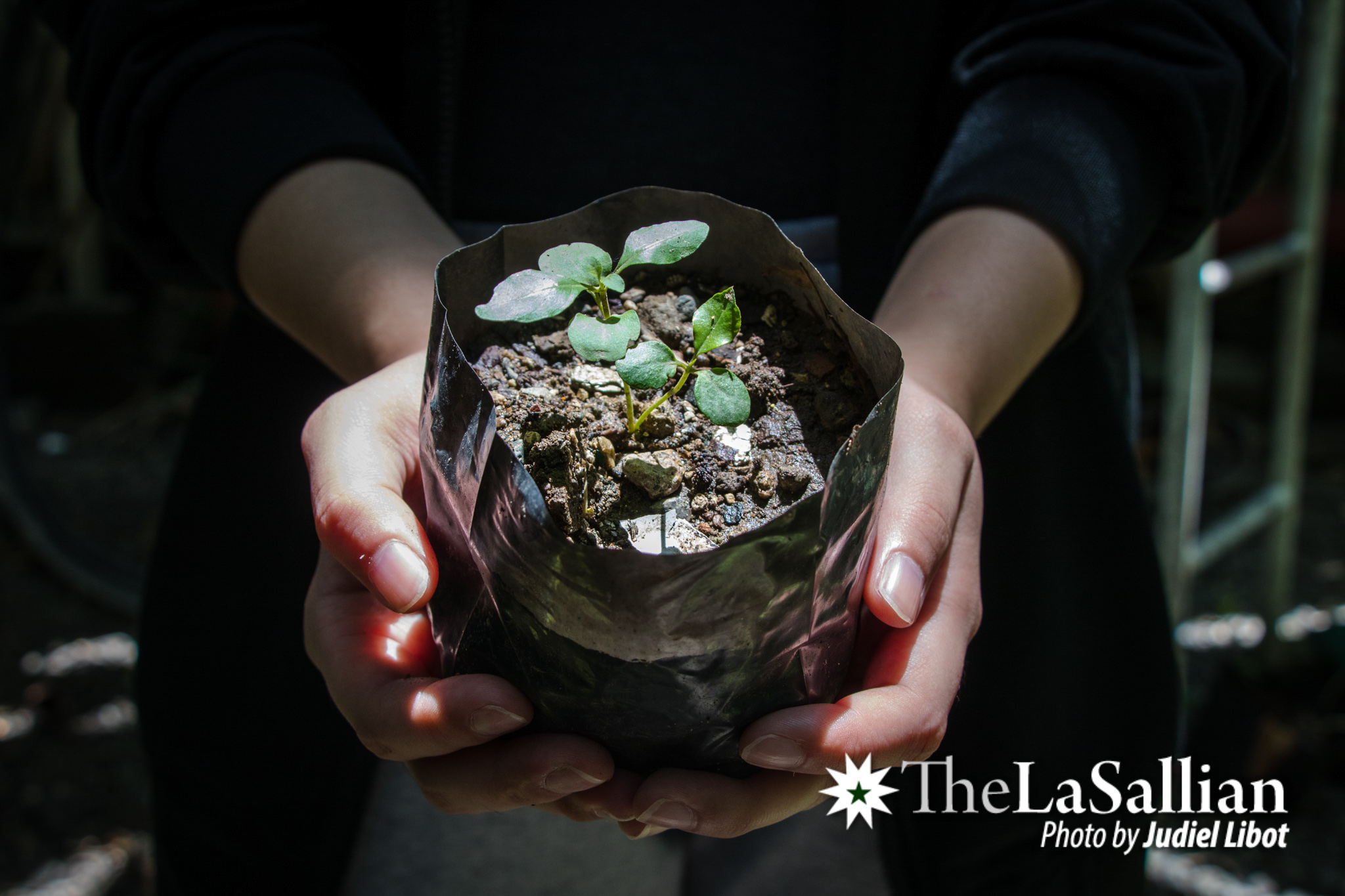Ecosystems like forests and coral reefs have immune capacity to support life and provide significant economic and ecological services, but only if they are healthy.
The increasing area of barren lands and rising sea temperatures are symptomatic of nature’s heightening destruction, prompting many community-based projects—from tree planting to coastal clean-up activities—intended to improve the state of both terrestrial and aquatic environments.
However, proper conservation and restoration endeavors require more than just good intentions. Sometimes, efforts to fix things can end up making problems worse.

Band-aids and quick fixes
Many reforestation initiatives tend to opt for fast-growing trees, according to Dr. Esperanza Agoo, a botanist and the Vice Chair of the Biology Department. “The primary purpose there is to cover the land so there will be no further loss of soil,” she elaborates.
Agoo considers the strategy as an “emergency band-aid solution” to mitigate the damage, but notes that efforts are frequently marred by low species diversity and/or inappropriate species placement.
“If you plant just one species, if there’s a disease that comes in, all of these trees will be susceptible to that disease and in one go, you will lose all your trees,” Agoo explains, narrating how introducing the foreign ipil-ipil plant brought an insect that caused extensive tree deaths in the 70s.
For the same reason, University Fellow and marine ecologist Dr. Wilfredo Licuanan advises against a reef restoration initiative called coral gardening. Although the number of corals might increase, the method requires having coral fragments healthy enough to be transplanted, thus sacrificing species richness when the viable colonies have limited genetic diversity. In the end, the site usually bears less than 10 species versus the hundred or so a coral community would naturally have. This puts the reef at risk to be “more vulnerable to the next stressor” with lower growth and survival rates than non-transplanted corals.
Licuanan also mentions an incident wherein the wrong species of mangrove trees had been planted along a shoreline in Batangas. Not only did these mangroves end up “stunted”, but they were also “occupying the remaining plantable areas”.
Intervention options are sometimes neither feasible nor beneficial. Removing the mangroves would be drastic and grueling, whereas planting the correct species with no viable space left would disrupt the area’s zonation pattern, which refers to how various species are spatially distributed. In a coastal ecosystem, the natural arrangement from the shore to open ocean would be in the order of having mangroves first, then seagrass, seaweed, and corals last. Licuanan points out, “If you try to plant the correct [mangrove] species in front of the wrong species, that’s already the seagrass area. So now to fix the mangrove, you’re risking the seagrass bed.”
Knowledge generation
Licuanan reveals that the greatest challenge in protecting aquatic ecosystems is the insufficient knowledge regarding underwater environmental degradation. “We have a limited understanding of how things are organized in tropical marine systems. We don’t know how to define what is ‘fixed’, what is ‘normal’.”
Often overlooked is the need to develop a comprehensive understanding of how the system works—how it matures from its early, pioneer stage to its most productive status, as well as to how external and internal components interact with one another.
The marine ecologist furthers, “The longer the dataset, the more we learn from what works and what doesn’t.” Continuous monitoring allowed researchers from the Br. Alfred Shields FSC Marine Research Center to recognize the factors—such as overfishing and sewage drainage—that hamper recovery from bleaching, a condition wherein now-whitened corals have lost their major food source and become more likely to die. “We can only make these statements now because we’ve been visiting these reefs for 10 years,” Licuanan reasons.
The monitoring phase is usually not sustained for long, yet it is crucial for filling in knowledge gaps and improving implementation strategies. Hence, Licuanan says a good conservation initiative would provide “evidence that this effort is being monitored, evidence that people are trying to learn from mistakes—not just highlighting their successes [yet] hiding their failures.”
Healing takes time
Agoo conveys that doing one’s part in protecting the integrity of an ecosystem may also mean taking a step back to avoid further disturbance, “We should have this attitude that if you just leave an area unharmed, it will actually recover on its own.”
Nature has ways to pave its own road to recovery, albeit at a slow pace, but this does not relieve humans of the responsibility to improve any ecosystem’s chance at healing.
“Passive restoration means you do what it takes to protect what’s left…make sure they don’t suffer anymore from human-derived threats,” Licuanan clarifies. He further emphasizes a shift in perspective and approach, “A better attitude to take than ‘mayroong solusyon ‘yan, is ‘iwasan natin magka-problema’. Kasi mas madaling iwasan kaysa solusyunan.”
(A better attitude to take than ‘we can find a solution for that’, is ‘avoid causing problems’ because prevention is easier than searching for a remedy.)
If mindsets change, and behaviors follow accordingly, perhaps nature has a convincing shot at healing.
